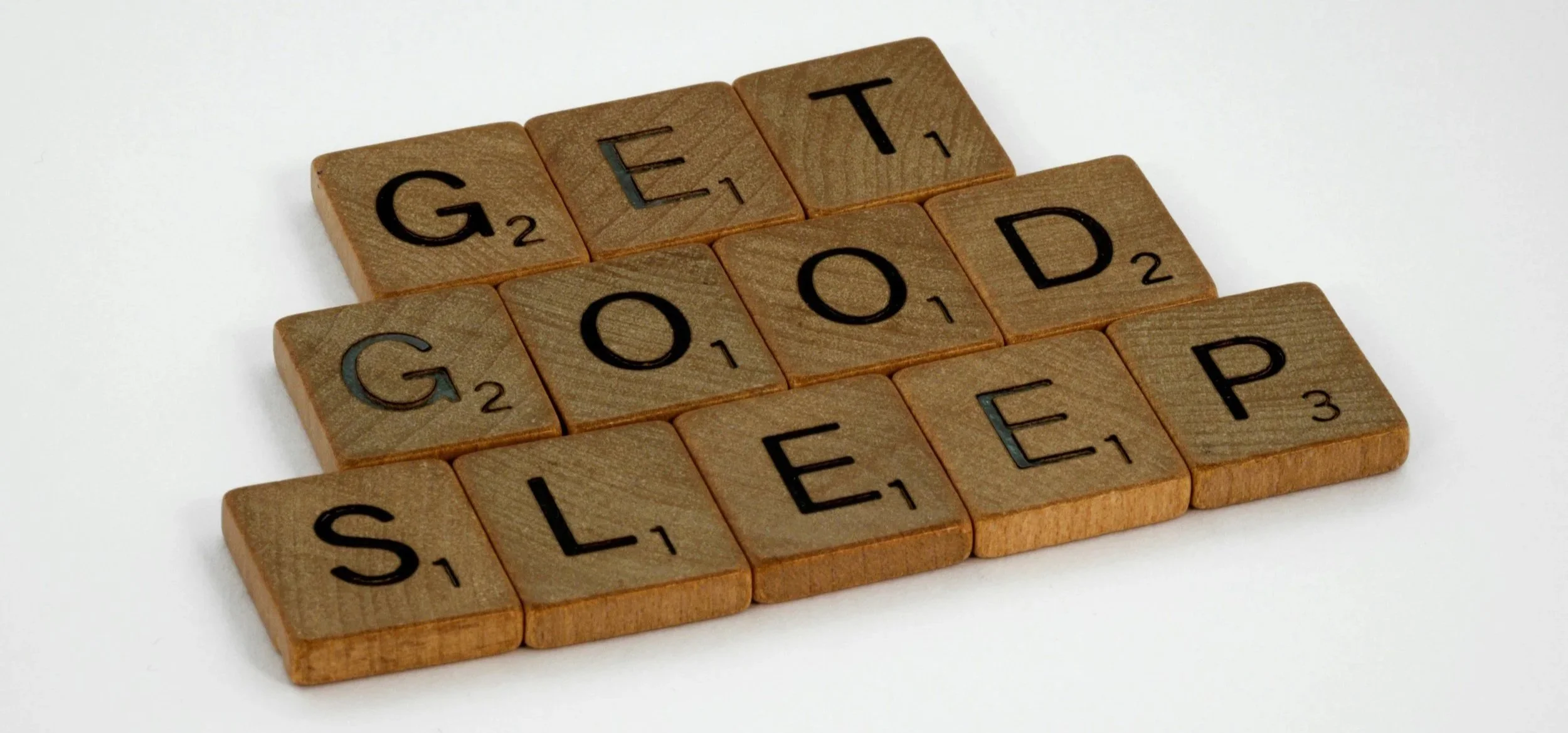Why Naps, Dreams, and Downtime Keep You Young
When we think about staying sharp and active as we age, we usually picture moving more, eating better, or staying socially connected. But one of the most underrated pieces of the puzzle is something we all do every single day: sleep. For Super Agers—those remarkable individuals who continue to thrive well into their later years—rest and recovery are just as important as exercise or nutrition for keeping both the brain and body strong.
Sleep is not just “down time.” It’s an active process where your brain and body repair, reset, and restore. Research from the National Institutes of Health shows that deep sleep helps clear out waste products from the brain, including the proteins linked to Alzheimer’s disease. That’s right—your brain has a built-in cleaning system, but it can only work properly when you’re asleep. Poor or fragmented sleep makes it harder for your brain to do this essential housekeeping, which can affect memory, problem-solving, and even your mood.
On the body side, sleep is when muscles recover from the day’s activity, tissues heal, and hormones that regulate energy and stress come back into balance. The Centers for Disease Control and Prevention notes that most adults need at least 7 hours of quality sleep a night, but studies show that as we age, many of us struggle with getting enough. Trouble falling asleep, staying asleep, or waking up too early are common, but they’re not inevitable. Super Agers often protect their sleep as carefully as they do their exercise routines or healthy meals.
So what’s their secret? Many make rest a priority rather than an afterthought. They keep consistent sleep schedules, create bedtime rituals that help their minds wind down, and treat naps not as a sign of weakness but as a recovery tool. Short naps (20–30 minutes) can actually boost alertness and memory without interfering with nighttime rest. Gentle evening activities like stretching, reading, or meditation also make a difference, helping the body shift out of “go-mode” and into “restore-mode.”
Recovery goes beyond just sleeping, too. Downtime during the day—whether it’s sitting outside with a cup of tea, practicing mindfulness, or even enjoying a quiet moment of gratitude—helps recharge the nervous system. Stress and over-scheduling take a toll on brain-body connection, while regular recovery moments keep the system resilient.
And here’s a surprising bonus: sleep and recovery can actually amplify the benefits of everything else you’re doing. Exercise makes sleep deeper and more restorative. Eating a nutrient-rich diet supports the hormones that regulate your sleep cycles. Social connection reduces stress, which makes it easier to drift off at night. In other words, the pillars of Super Aging don’t stand alone—they reinforce each other, with rest sitting at the center.
If sleep issues persist despite your best efforts—like loud snoring, frequent waking, or never feeling rested—it may be worth talking to a sleep specialist who can evaluate for conditions like sleep apnea or insomnia. Getting professional help can make a huge difference, not just in your rest, but in your long-term brain and body health.
So the next time you think about how to invest in your health, don’t just plan your workouts or meals—plan your rest. Protecting your sleep may be one of the most powerful ways to renew your brain, recharge your body, and keep you thriving for years to come.
👉 Stay tuned for Blog 6, where we’ll dive into another Super Ager essential: The Power of Purpose—how meaning and motivation keep us moving forward at every age.

